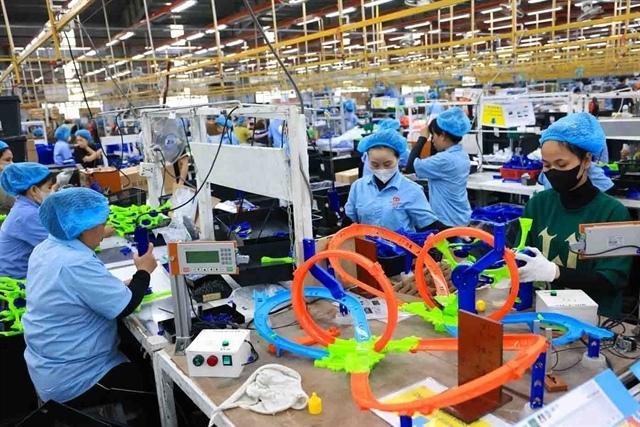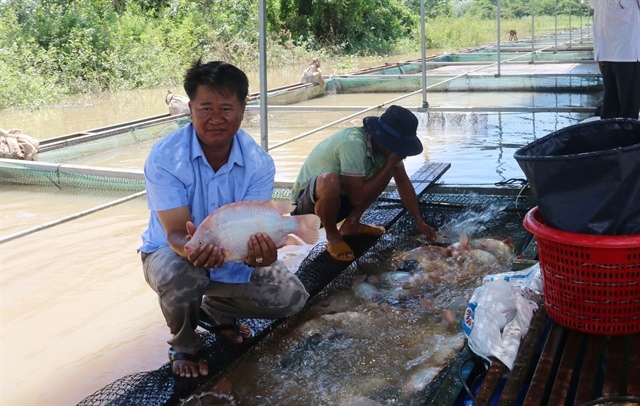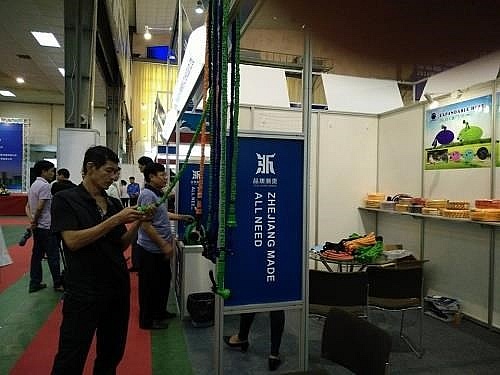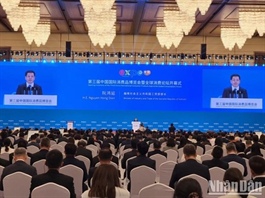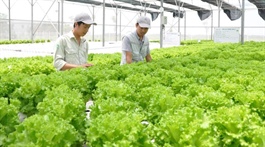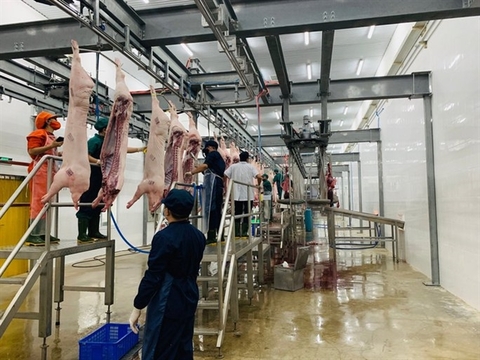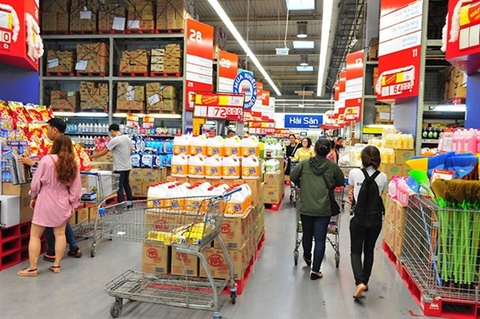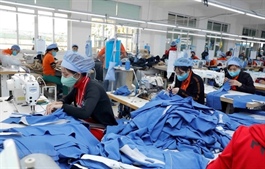Agro sector export figures taking a hit
Agro sector export figures taking a hit
The plunge in prices of some key products has pulled down the import-export turnover of the agro-forestry-fishery sector in the first quarter of this year.
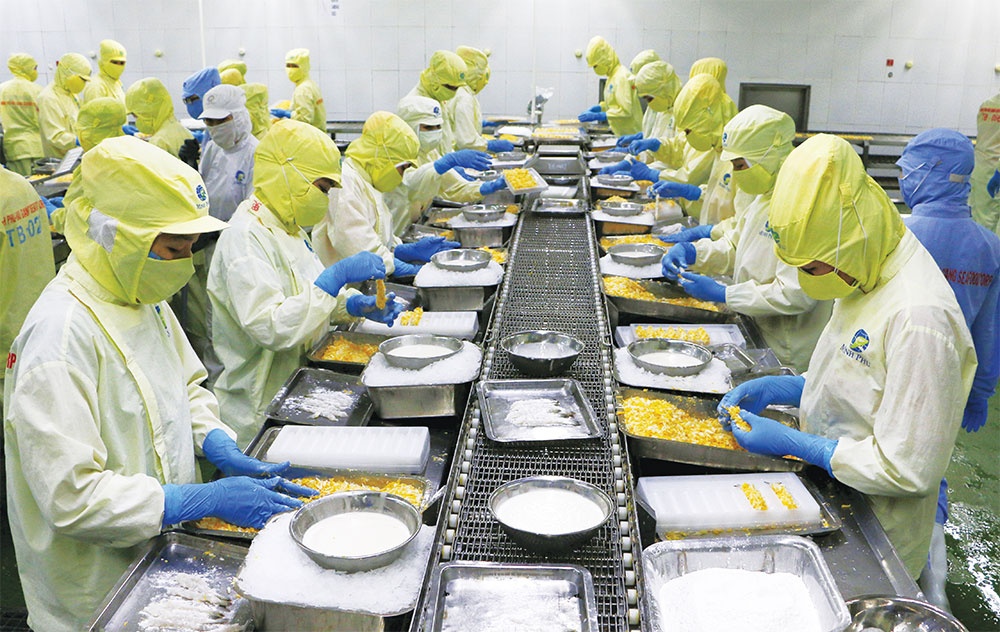
In statistics published by the General Department of Vietnam Customs, the Q1 import-export turnover of the sector reached $20.63 billion, down 11.2 per cent on-year. Notably, the export value hit $11.19 billion and import value was $9.44 billion, signifying an on-year decrease of 14.4 and 7.2 per cent, respectively.
The group of agricultural exports reported a slight increase of 3.8 per cent to $5.73 billion. Meanwhile, the forestry sector earned $3.11 billion and the aquaculture sector was $1.79 billion, showing drops of 28.3 and 29 per cent on-year. The export turnover of raw materials dropped by 26.8 per cent on-year to $458 million.
The performance of aquaculture is the bleakest. Statistics published by the Vietnam Association of Seafood Exporters and Producers (VASEP) show that shrimp, one of the key exported aquaculture products, suffered a plunge of 39.4 per cent to $578 million in the first quarter. Tra fish saw a downturn of 33.1 per cent on-year to $422 million, while the export value of tuna was $109 million only, down 30 per cent on-year.
All five leading aquaculture markets of Vietnam reported declines in export value: Japan with $187 million (down 11 per cent), the US $155 million (down 55 per cent), China $151 million (down 11 per cent), South Korea $104 million (down 14 per cent), and Thailand $44 million (down 15 per cent).
Truong Dinh Hoe, general secretary of VASEP, said that global inflation damaged import demand of many countries, while the cost of raw materials and production saw a soaring increase. For example, the cost of input materials climbed to a record level with uncertain forecasts, pushing the price of feed and aquaculture products up.
“The shrimp selling price in Vietnam is 20-30 per cent higher compared to the same product in India and Ecuador, for example,” Hoe said.
He also mentioned the barriers in exporting shrimp to South Korea – the largest shrimp import market of Vietnam, which accounts for half of this country’s import demand of 100,000 tonnes per year.
The Vietnam-Korea Free Trade Agreement was implemented in 2015, which was expected to create top conditions for the import tariff for shrimp from Vietnam. However, this product is limited to import in South Korea due to quota limits.
To improve the capacity for shrimp, in mid-March, VASEP sent a document to the Ministry of Finance and Ministry of Agriculture and Rural Development to propose adjusting the import tax for dried soybean, the key ingredient for aquaculture feed, from 2 per cent to zero. VASEP also wants the Ministry of Foreign Affairs to look at the possibility of asking South Korea to remove quotas for shrimp imported from Vietnam.
Despite the first-quarter blips, Deputy Minister of Agriculture and Rural Development Phung Duc Tien is still optimistic about exporting related products for the year as a whole.
“Vietnam’s export of agro-forestry-fishery products hit a record revenue of $53.2 billion last year, which was up 9.3 per cent, including nearly $11 billion from aquatic products. What is more, the agriculture industry had seven key commodity groups with export turnover of more than $3 billion,” Tien said.
“Thus, it is still possible to generate advantages from these commodity groups to increase export value,” Tien said at a March 30 conference held by his ministry in Hanoi.
“China’s market opening gave great hope for a recovery in demand in this market and other markets worldwide. We expect to see clearer results from the second quarter of 2023,” he said.


